Best Way to Treat Hormonal Acne
Understanding Hormonal Acne
Hormonal acne stems from fluctuations in hormone levels, which disrupt your skin’s natural balance. These imbalances often lead to an overproduction of sebum, the oily substance that helps keep skin hydrated. While sebum is essential, too much of it can clog pores, inviting bacteria and triggering inflammation, which ultimately results in acne.
Common Triggers of Hormonal Acne:
- Menstruation: Hormonal changes before or during your period can cause monthly flare-ups.
- Menopause: As estrogen levels decline, the imbalance can lead to increased oil production and acne breakouts.
- Polycystic Ovarian Syndrome (PCOS): This condition often involves elevated androgen levels, which can exacerbate acne.
- Pregnancy: Hormonal shifts during pregnancy, particularly in the first trimester, are common culprits.
- Stress: Elevated cortisol levels from stress stimulate oil glands, making acne more likely.
- Hormonal Contraceptives: Starting, stopping, or switching birth control pills can cause sudden changes in hormone levels, leading to breakouts.
Where Does It Show Up?
- Adolescence: Hormonal acne often targets the T-zone (forehead, nose, and chin) due to the abundance of oil glands in these areas.
- Adulthood: In adults, it tends to concentrate along the jawline, chin, and lower face, regions particularly sensitive to hormonal changes.
Conventional Treatments for Hormonal Acne
Effectively managing hormonal acne often requires a combination of treatments, tailored to address its root causes and visible symptoms. Here’s a breakdown of widely used options:
Topical Treatments
- Retinoids
- Common options: Tretinoin, adapalene, tazarotene.
- These vitamin A derivatives work by increasing cell turnover, unclogging pores, and improving skin texture.
- Best for: Mild to moderate hormonal acne, often combined with other treatments.
- Caution: Can cause dryness and sensitivity—always pair with sunscreen.
- Benzoyl Peroxide
- Targets acne-causing bacteria while reducing excess oil.
- Works well for inflammatory acne, including red, swollen breakouts.
- Tip: Start with lower concentrations (e.g., 2.5%) to minimize irritation.
- Salicylic Acid
- A beta-hydroxy acid (BHA) that dissolves dead skin cells and unclogs pores.
- Particularly useful for blackheads and whiteheads, which are common in hormonal acne.
- Antibiotics
- Topical antibiotics like clindamycin can help reduce bacteria and inflammation.
- Often used alongside benzoyl peroxide to prevent bacterial resistance.
Oral Medications
- Oral Contraceptives
- Hormonal birth control pills containing drospirenone or norgestimate help regulate fluctuations that trigger acne.
- Especially effective for women who experience cyclical breakouts related to their menstrual cycle.
- Anti-Androgen Drugs
- Spironolactone lowers androgen levels, which decreases oil production.
- Particularly effective for persistent, adult hormonal acne along the jawline and chin.
- Note: Not recommended during pregnancy.
- Oral Isotretinoin (Accutane)
- Reserved for severe, scarring acne or cases resistant to other treatments.
- It shrinks oil glands and reduces sebum production dramatically, offering long-term results.
- Requires close monitoring due to potential side effects.
LED Light Therapy
- Blue Light Therapy: Targets acne-causing bacteria.
- Red Light Therapy: Reduces inflammation and promotes healing.
- Often performed in clinics, these non-invasive treatments can enhance the effectiveness of conventional therapies.
Natural Remedies and Lifestyle Changes for Hormonal Acne
For those seeking a gentler approach to managing hormonal acne, combining natural remedies with positive lifestyle habits can make a significant difference.
Skincare Routine
- Gentle Cleansers: Use sulfate-free, non-irritating cleansers to keep your skin clean without stripping its natural oils.
- Non-Comedogenic Products: Opt for skincare and makeup products labeled “non-comedogenic” to avoid clogging pores.
- Daily Sunscreen: Protect your skin from UV rays to prevent post-inflammatory pigmentation and reduce acne scars. Choose a broad-spectrum sunscreen that’s lightweight and oil-free.
Dietary Adjustments
- Avoid High-Glycemic Foods: Foods like white bread, sugary snacks, and sodas spike insulin levels, which can worsen hormonal imbalances and acne.
- Limit Dairy Intake: Dairy products, especially skim milk, are linked to increased acne in some individuals.
- Incorporate Omega-3s: Foods rich in omega-3 fatty acids, such as salmon, chia seeds, and walnuts, help reduce inflammation and promote overall skin health.
Topical Natural Ingredients
- Tea Tree Oil
- Renowned for its antibacterial and anti-inflammatory properties, tea tree oil can reduce redness and target acne-causing bacteria.
- Use: Dilute with a carrier oil (e.g., jojoba oil) before applying directly to breakouts.
- Alpha Hydroxy Acids (AHAs)
- Natural AHAs like glycolic or lactic acid exfoliate dead skin cells, improving texture and minimizing acne scars.
- Tip: Always patch-test and follow with sunscreen when using AHAs.
- Green Tea
- Contains antioxidants and anti-inflammatory compounds that calm redness and regulate oil production.
- Use: Brew and cool green tea; apply with a cotton pad or consume daily for internal benefits.
Stress Management
- Exercise Regularly: Physical activity lowers cortisol levels, a hormone linked to acne flare-ups.
- Mindfulness Practices: Incorporate meditation, yoga, or deep-breathing exercises to reduce stress-induced hormonal spikes.
- Prioritize Sleep: A consistent sleep schedule helps regulate hormones and allows skin to repair overnight.
Long-Term Considerations for Treating Hormonal Acne
Managing hormonal acne is often a marathon, not a sprint. To achieve lasting results, it’s crucial to approach treatment with patience and a focus on addressing the root causes.
Treatment Takes Time
- Visible Results: Most treatments require 8 to 16 weeks before significant improvement is noticeable. Consistency in your routine is key, as premature changes can hinder progress.
- Gradual Improvement: Hormonal acne doesn’t disappear overnight. Trust the process, monitor changes, and adjust only under professional guidance.
Addressing Underlying Triggers
- Root Cause Matters: Hormonal imbalances often drive acne, and failing to address these can lead to recurrence. Triggers like stress, diet, and hormonal fluctuations (e.g., due to menstrual cycles or medical conditions) need ongoing attention.
- Lifestyle Adjustments: Maintaining healthy habits, such as managing stress, following a nutrient-rich diet, and getting adequate sleep, can significantly reduce flare-ups over the long term.
When to Seek Medical Advice
- Persistent Acne: If your acne persists despite consistent treatment, it’s time to consult a dermatologist.
- Severe Cases: Nodular or cystic acne often requires advanced interventions like oral medications or in-office treatments.
- Hormonal Testing: Blood tests can identify underlying issues such as polycystic ovary syndrome (PCOS), thyroid dysfunction, or elevated androgen levels, which may require specialized treatment.

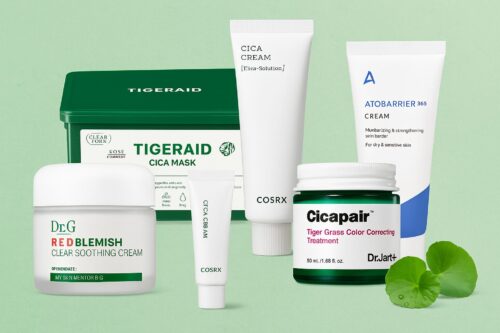
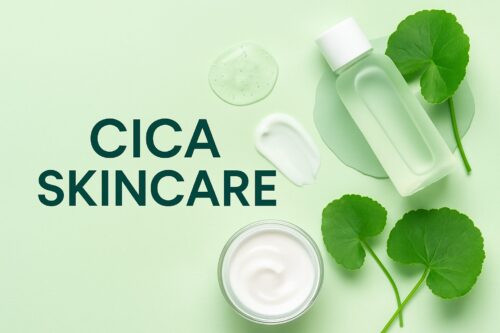
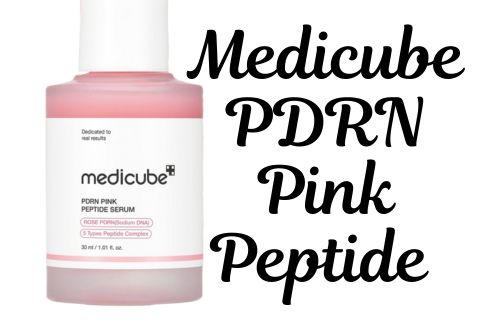
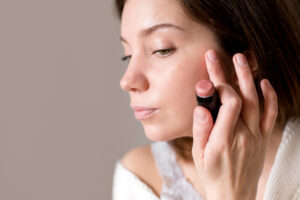
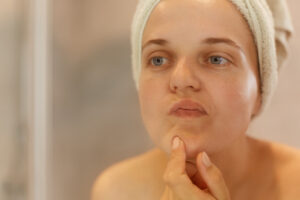
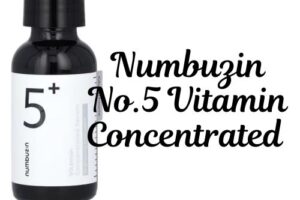
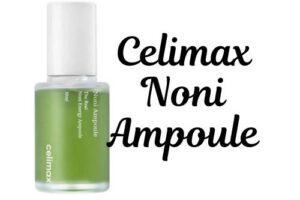
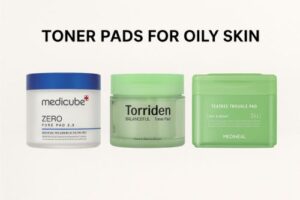
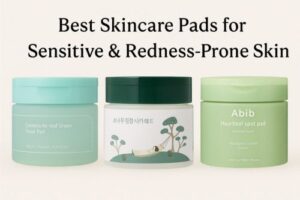
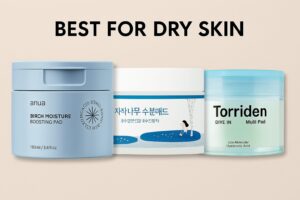
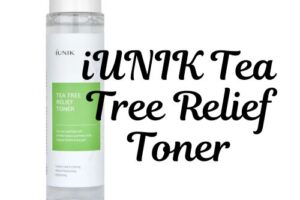
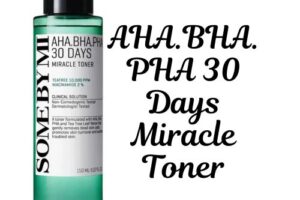
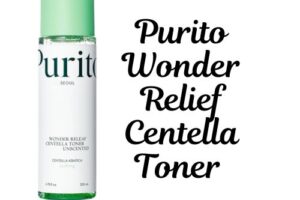
Post Comment